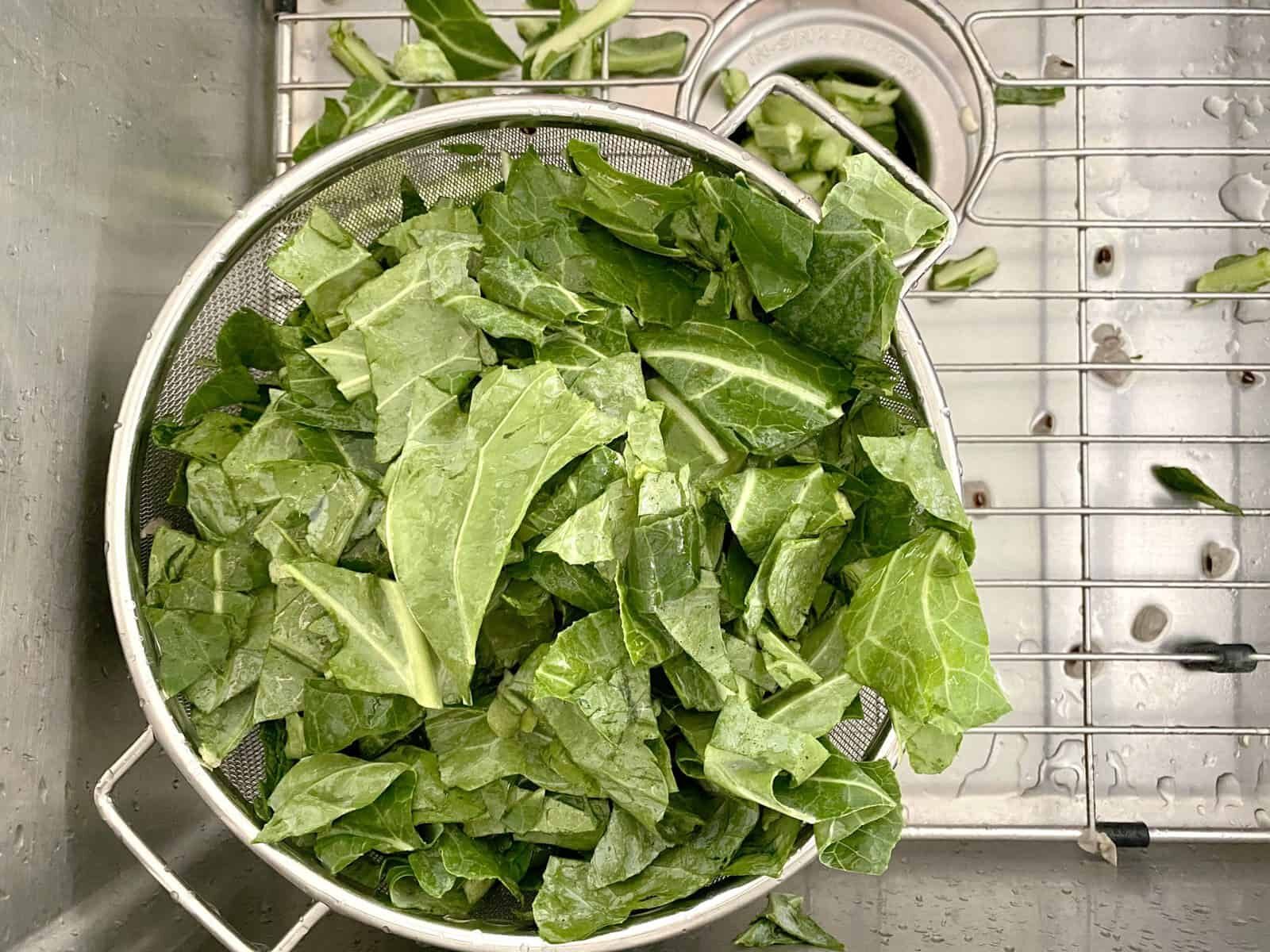

Articles
How To Store Collard Greens
Modified: January 8, 2024
Learn how to store collard greens with these helpful articles.
(Many of the links in this article redirect to a specific reviewed product. Your purchase of these products through affiliate links helps to generate commission for Storables.com, at no extra cost. Learn more)
Introduction
Collard greens, also known as collards, are a popular leafy green vegetable that is rich in nutrients and flavor. They are a versatile addition to any dish, whether you sauté them with garlic and olive oil, braise them with bacon, or add them to soups and stews. Collard greens are not only delicious, but they are also packed with vitamins, fiber, and antioxidants, making them a healthy choice for your meals.
When it comes to storing collard greens, proper handling and storage techniques are key to maintaining their freshness and quality. Whether you have an abundance of harvested collard greens from your garden or picked up a bunch from the farmers market, this article will guide you on how to store collard greens to ensure their longevity.
From selecting fresh collard greens to cleaning, preparing, and storing them in the refrigerator or freezer, we will cover all the necessary steps to keep your collard greens fresh and ready to use whenever you need them. So, let’s dive in and learn how to properly store collard greens!
Key Takeaways:
- Properly storing collard greens is crucial for maintaining their freshness and nutritional value. From selecting fresh greens to blanching and freezing, these methods ensure you can enjoy collard greens year-round.
- Get creative in the kitchen with stored collard greens! Experiment with different cooking methods, combine them with other ingredients, and even save and reuse the cooking liquid for flavorful soups and stews.
Read more: How To Store Collard Greens In The Fridge
Selecting Fresh Collard Greens
When it comes to selecting fresh collard greens, there are a few things to keep in mind to ensure you are choosing the best quality greens:
- Look for vibrant and crisp leaves: Fresh collard greens should have vibrant green leaves that are firm and crisp to the touch. Avoid collard greens that appear wilted, yellow, or have brown spots.
- Check the stems: The stems of collard greens should be firm and not bend easily. Avoid collard greens with soft or mushy stems, as this indicates they are past their prime.
- Size does matter: Choose collard greens that are of medium to large size. Smaller collard greens tend to have a milder flavor and are more tender, while larger ones have a stronger flavor and require longer cooking times.
- Farm fresh or organic: Whenever possible, opt for organic collard greens or those sourced directly from local farms. These greens are more likely to be fresher and have a higher nutritional content compared to those that have been sitting on supermarket shelves for an extended period.
- Seasonal availability: Collard greens are typically available year-round, but they are at their peak from fall through early spring. During these months, you can find fresh collard greens with better flavor and texture.
By following these selection guidelines, you can ensure that you bring home the freshest collard greens available, which will contribute to the overall taste and quality of your dishes.
Cleaning and Preparing Collard Greens
Before storing collard greens, it’s important to properly clean and prepare them to remove any dirt, debris, or pesticides. Follow these steps:
- Trim the ends: Start by trimming off the tough ends of the collard greens. This will remove any damaged or discolored portions and ensure that only the fresh leaves are used.
- Separate the leaves: If the collard greens are not pre-cut, carefully separate the leaves from the stems. You can either tear them off by hand or use a sharp knife to cut along the stem to remove the leaves.
- Rinse under cold water: Thoroughly rinse the collard greens under cold running water, gently rubbing the leaves to remove any dirt or residue. Pay extra attention to the crevices between the leaves as they can trap dirt.
- Soak in a vinegar solution: Fill a large bowl or sink with cool water and add a few tablespoons of white vinegar. Submerge the collard greens in the vinegar solution and let them soak for 5-10 minutes. This helps to remove any remaining pesticides or bacteria.
- Rinse again: After soaking, remove the collard greens from the vinegar solution and give them one final rinse under cold water to wash away any vinegar residue.
Once the collard greens are clean, you can proceed to prepare them for storage or for immediate use in your favorite recipes. You have several options, including:
- Chop them: Cut the collard greens into smaller pieces, discarding any thick stems if desired. This makes them easier to cook with and can reduce cooking time.
- Leave them whole: If you prefer to keep the collard greens intact, you can leave them in their whole leaf form. This works well if you plan to blanch and freeze them for later use.
Now that you have your clean and prepared collard greens, let’s move on to storing them using different methods to keep them fresh and flavorful!
Storing Collard Greens in the Refrigerator
Properly storing collard greens in the refrigerator is essential to maintain their freshness and prevent them from wilting or spoiling prematurely. Follow these steps to keep your collard greens fresh:
- Wrap in damp paper towels: Start by wrapping the collard greens in slightly damp paper towels. This helps to maintain the moisture level and prevent the leaves from drying out.
- Place in a plastic bag: Once wrapped in damp paper towels, transfer the collard greens to a plastic bag. Secure the bag, ensuring it is airtight to prevent any air from circulating and causing the greens to wilt.
- Store in the vegetable crisper drawer: Store the bag of collard greens in the vegetable crisper drawer of your refrigerator. This drawer provides the ideal humidity level for leafy greens, helping them stay fresh for longer.
- Keep away from ethylene-producing fruits: Collard greens are sensitive to ethylene gas, which can accelerate their deterioration. Keep them away from ethylene-producing fruits like apples, bananas, and avocados to prevent premature spoilage.
- Check and rinse when ready to use: Before using the collard greens, check them for any signs of wilting or spoilage. If they appear to be fresh, remove the desired amount and give them a quick rinse under cold water before incorporating them into your recipes.
By following these storage guidelines, you can extend the shelf life of your collard greens and enjoy fresh and nutritious greens for up to a week in the refrigerator.
Blanching and Freezing Collard Greens
If you have a surplus of collard greens or want to preserve them for future use, blanching and freezing is a great option. This method helps to retain their flavor, texture, and nutrients. Follow these steps to blanch and freeze collard greens:
- Prepare the collard greens: Clean and prepare the collard greens as mentioned earlier. Remove any tough stems and tear or cut them into smaller, manageable pieces.
- Blanch the collard greens: Bring a large pot of water to a boil and add the collard greens to the boiling water. Let them blanch for about 3 minutes.
- Ice bath: Remove the collard greens from the boiling water and immediately transfer them to a bowl filled with ice water. This will stop the cooking process and help the collard greens retain their vibrant color and crispness.
- Drain and squeeze out excess moisture: Once the collard greens have cooled in the ice bath, drain them and gently squeeze out any excess moisture. This will prevent ice crystals from forming when you freeze them.
- Package for freezing: Divide the blanched collard greens into portion sizes that you would typically use. Place them in freezer-safe resealable bags or airtight containers. Make sure to remove as much air as possible from the bags to prevent freezer burn.
- Label and freeze: Label the bags or containers with the date and contents. Place them in the freezer and store them flat to save space.
Frozen collard greens can be stored for up to 12 months in the freezer. When you’re ready to use them, simply remove the desired amount from the freezer and add them directly to your recipes. There is no need to thaw them beforehand.
Blanching and freezing collard greens is a convenient way to have fresh greens on hand throughout the year, especially during the months when collard greens are not in season.
To store collard greens, first remove any damaged leaves and wash the greens thoroughly. Then, wrap them in a damp paper towel and place them in a plastic bag in the refrigerator. They should stay fresh for up to a week.
Read more: How To Store Fresh Collard Greens
Dehydrating Collard Greens
Another method to preserve collard greens for long-term storage is through dehydration. Dehydrated collard greens can be used in various dishes and can last for months when stored correctly. Here’s how you can dehydrate collard greens:
- Clean and prepare the collard greens: Start by cleaning the collard greens thoroughly, removing any dirt or debris. Remove the tough stems and tear the leaves into smaller pieces.
- Blanch the collard greens (optional): Although not necessary, blanching the collard greens before dehydrating can help preserve their color and texture. Follow the blanching steps mentioned earlier, then proceed to the next step.
- Arrange on dehydrator trays: Lay the prepared collard greens on dehydrator trays in a single layer, making sure they are not overlapping. This allows for even dehydration.
- Set the dehydrator temperature: Set the temperature of the dehydrator to around 125°F (52°C) and let the collard greens dry for 8-10 hours. The exact drying time may vary depending on the moisture content of the greens and the dehydrator you are using.
- Check for dryness: To check if the collard greens are fully dehydrated, take a piece and let it cool to room temperature. It should be brittle and easily snap. If it’s still pliable, continue dehydrating for another hour or so.
- Cool and store: Once the collard greens are fully dehydrated, remove them from the dehydrator and allow them to cool completely. Store the dried collard greens in airtight containers or jars, making sure they are tightly sealed to preserve their freshness.
Dehydrated collard greens can be stored for up to a year in a cool, dark, and dry place. When you’re ready to use them, rehydrate the desired amount by soaking them in water until they become tender. You can then use them in soups, stews, salads, or even grind them into a powder to add flavor and nutrition to various dishes.
Dehydrating collard greens not only helps you extend their shelf life but also concentrates their flavor, making them a versatile ingredient in your pantry.
Properly Packaging and Labeling Collard Greens
When storing collard greens, proper packaging and labeling are essential to maintain their freshness and ensure they are easily identifiable. Here are some guidelines for packaging and labeling collard greens:
- Choose appropriate storage containers: Select containers that are suitable for the storage method you are using. For refrigeration, consider using airtight plastic bags or containers. For freezing, opt for freezer-safe resealable bags or containers that prevent air and moisture from entering.
- Remove excess air: When packaging collard greens for storage, make sure to remove as much air as possible from the bags or containers. Excess air can cause freezer burn or lead to spoilage in the refrigerator.
- Label with date and contents: Clearly label each package with the date of storage and the contents. This will help you keep track of their freshness and ensure you know what is inside each bag or container. Use waterproof and freezer-safe labels or write directly on the packaging with a permanent marker.
- Include portion sizes: If you have divided the collard greens into portion sizes, note the amount on the label. This will make it easier for you to grab the desired quantity when you need them without having to defrost the entire package.
- Store in an organized manner: Arrange the packaged collard greens neatly in the refrigerator or freezer. This will help you find them easily and prevent any crushing or damage to the packages.
Proper packaging and labeling not only maintain the quality of the collard greens but also ensure that you can quickly identify and use them when preparing your favorite recipes.
Tips for Using Stored Collard Greens
Now that you have stored your collard greens using various methods, it’s time to put them to good use. Here are some tips for using stored collard greens:
- Thaw frozen collard greens properly: If you have frozen collard greens, ensure that you thaw them properly before using. You can either thaw them in the refrigerator overnight or defrost them in the microwave on a low setting. Avoid thawing them at room temperature to prevent bacterial growth.
- Experiment with different cooking methods: Collard greens can be cooked in various ways to suit your preference. You can sauté them with garlic and olive oil, braise them with bacon or other seasonings, or even add them to soups and stews. Explore different cooking methods to discover the flavors and textures you enjoy the most.
- Combine with other ingredients: Collard greens pair well with a variety of other ingredients. Consider combining them with onions, tomatoes, garlic, bell peppers, or even other leafy greens for a flavorful and nutritious dish.
- Use in traditional Southern dishes: Collard greens are a staple in traditional Southern cuisine. Consider using them in classic dishes like Collard Greens with Ham Hocks, Hoppin’ John, or in a delicious pot of Gumbo. These dishes celebrate the natural flavors of collard greens and bring a taste of the South to your table.
- Add to salads and sandwiches: If you prefer to enjoy collard greens raw, you can add them to salads or sandwiches for a nutritious boost. Simply chop or shred the raw collard greens and incorporate them into your favorite salad or sandwich recipes.
- Store and reuse cooking liquid: When cooking collard greens, the flavorful liquid left behind can be saved and used as a base for soups, stews, or even as a broth for cooking rice or grains. Store the cooking liquid in airtight containers in the refrigerator or freeze it for future use.
By following these tips and getting creative in the kitchen, you can make the most out of your stored collard greens and enjoy their delicious flavor and nutritional benefits.
Conclusion
Storing collard greens properly is essential to maintain their freshness, flavor, and nutritional value. Whether you have an abundance of collard greens from your garden or found a great deal at the farmers market, knowing how to store them will ensure that you can enjoy this nutritious leafy green for an extended period.
From selecting fresh collard greens to cleaning, preparing, and storing them, each step plays a crucial role in preserving their quality. Remember to choose vibrant, crisp collard greens, clean them thoroughly, and properly package them for storage. Whether you store them in the refrigerator or freezer, ensure that they are well-protected to prevent wilting, freezer burn, or spoilage.
Blanching and freezing or dehydrating are excellent methods for long-term storage, allowing you to enjoy the flavors of collard greens even when they are out of season. Freezing maintains their texture and nutrient content, while dehydrating concentrates their flavors and makes them shelf-stable for a more extended period.
Once your collard greens are stored, you can explore various recipes and cooking methods to incorporate them into your meals. From traditional Southern dishes to salads, soups, and sandwiches, collard greens offer versatility and a nutritional boost to your culinary creations.
By following the tips and techniques outlined in this article, you can prolong the shelf life of your collard greens and continue to enjoy their delicious taste and numerous health benefits. So, go ahead and stock up on collard greens, knowing that you have the knowledge to store them properly and savor their goodness whenever you desire.
Frequently Asked Questions about How To Store Collard Greens
Was this page helpful?
At Storables.com, we guarantee accurate and reliable information. Our content, validated by Expert Board Contributors, is crafted following stringent Editorial Policies. We're committed to providing you with well-researched, expert-backed insights for all your informational needs.
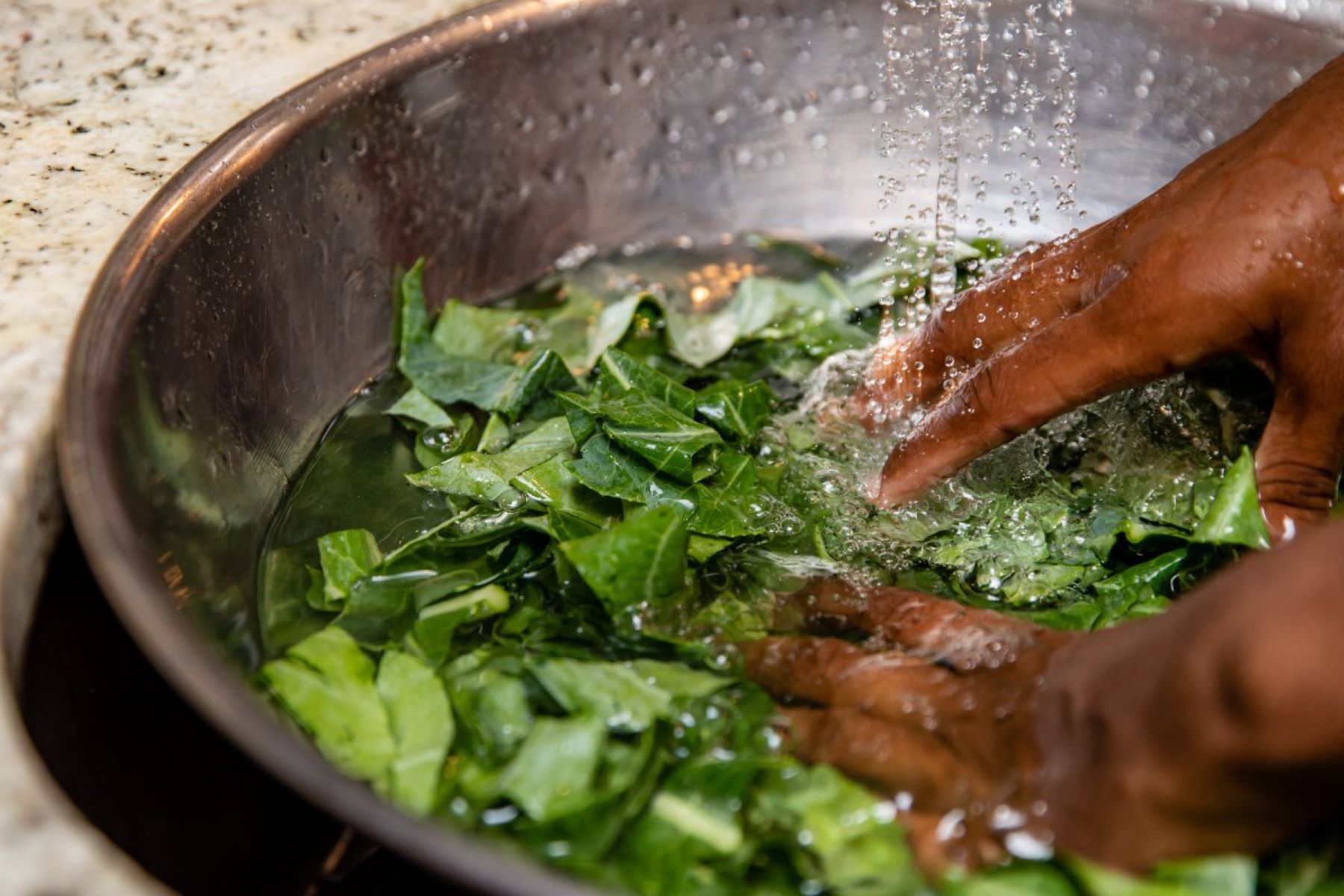
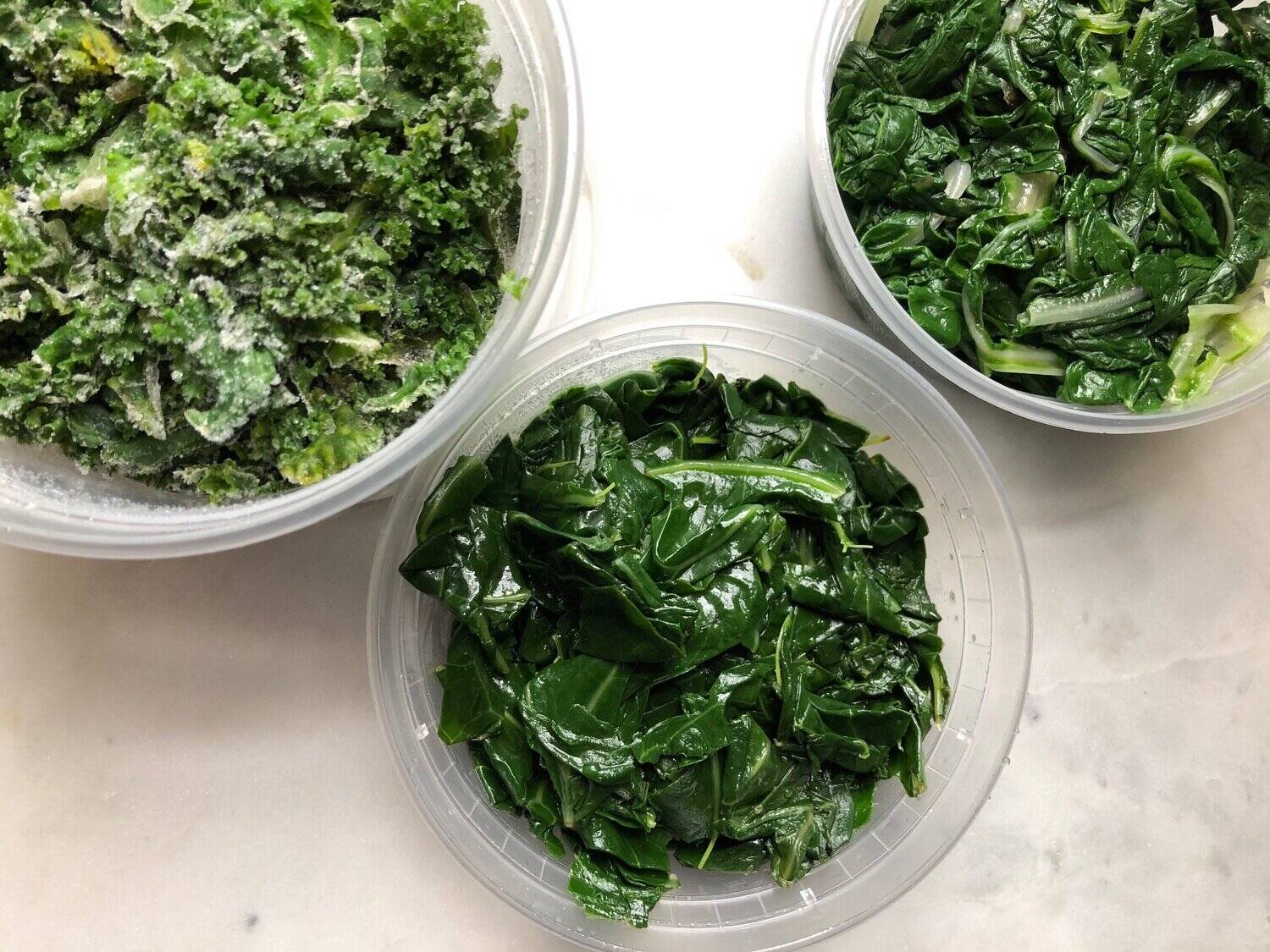
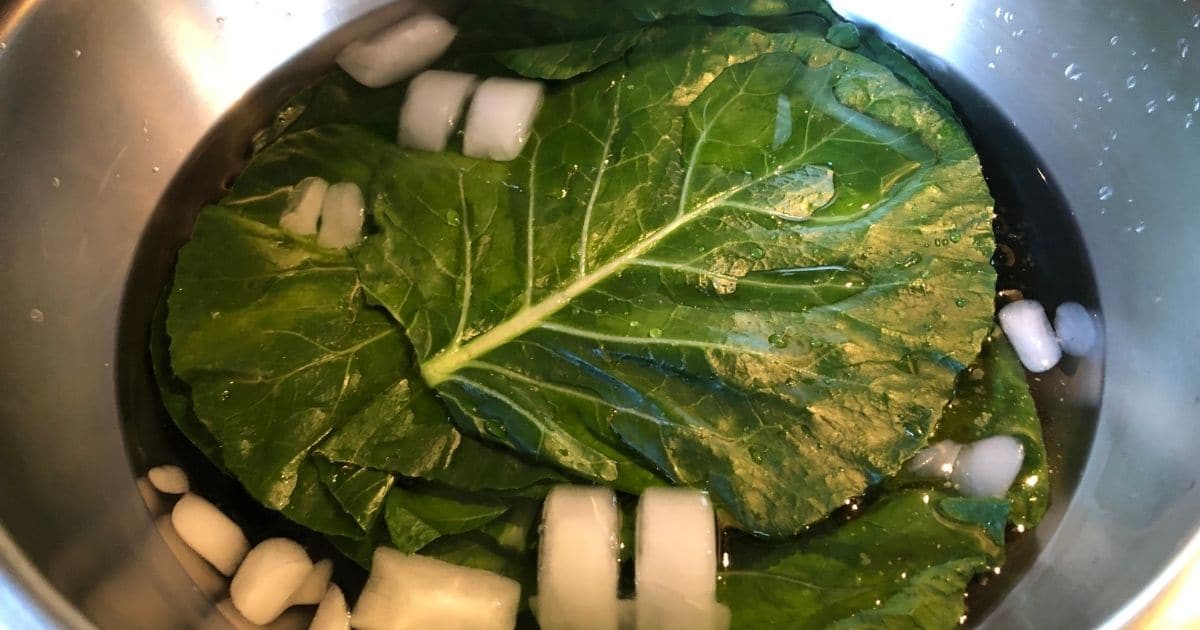
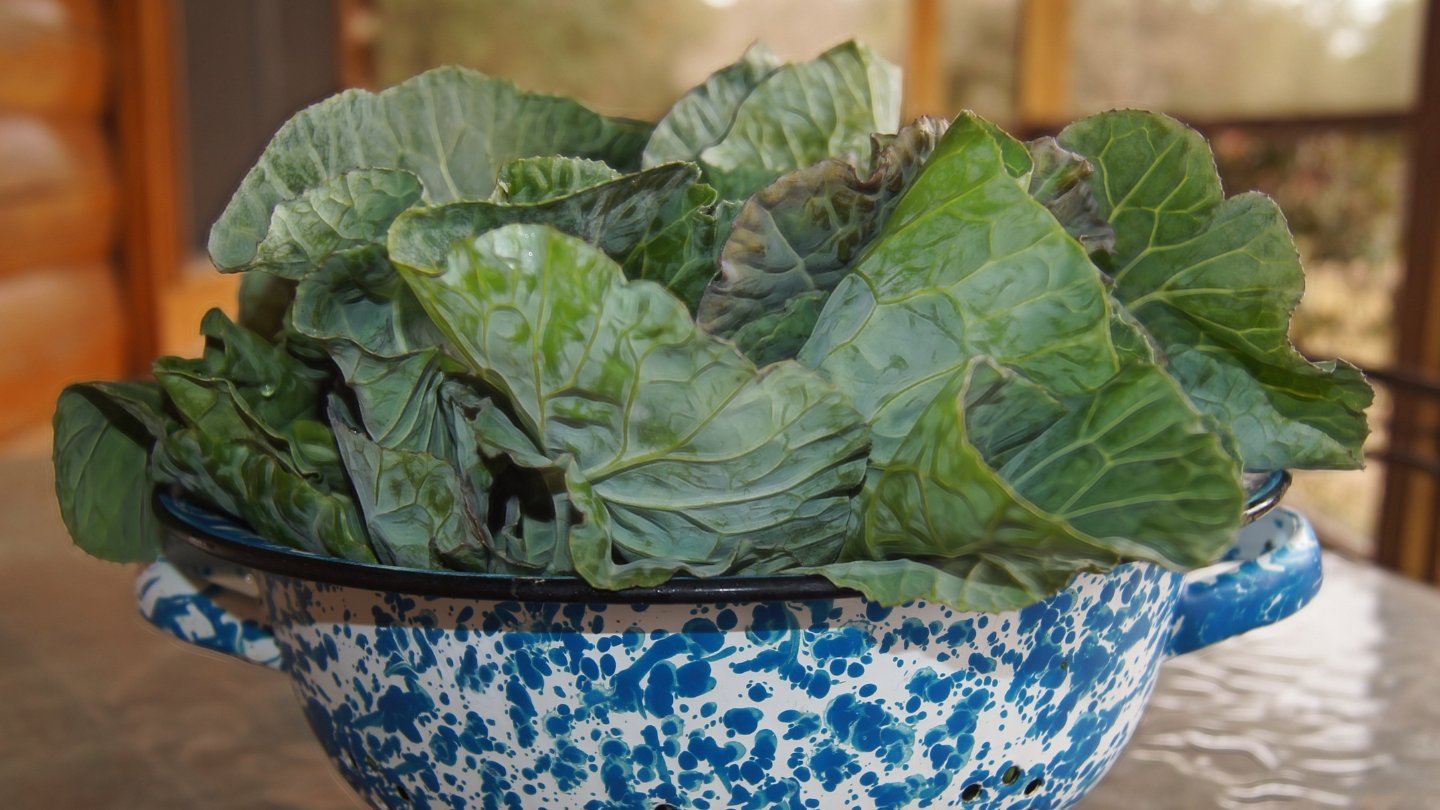
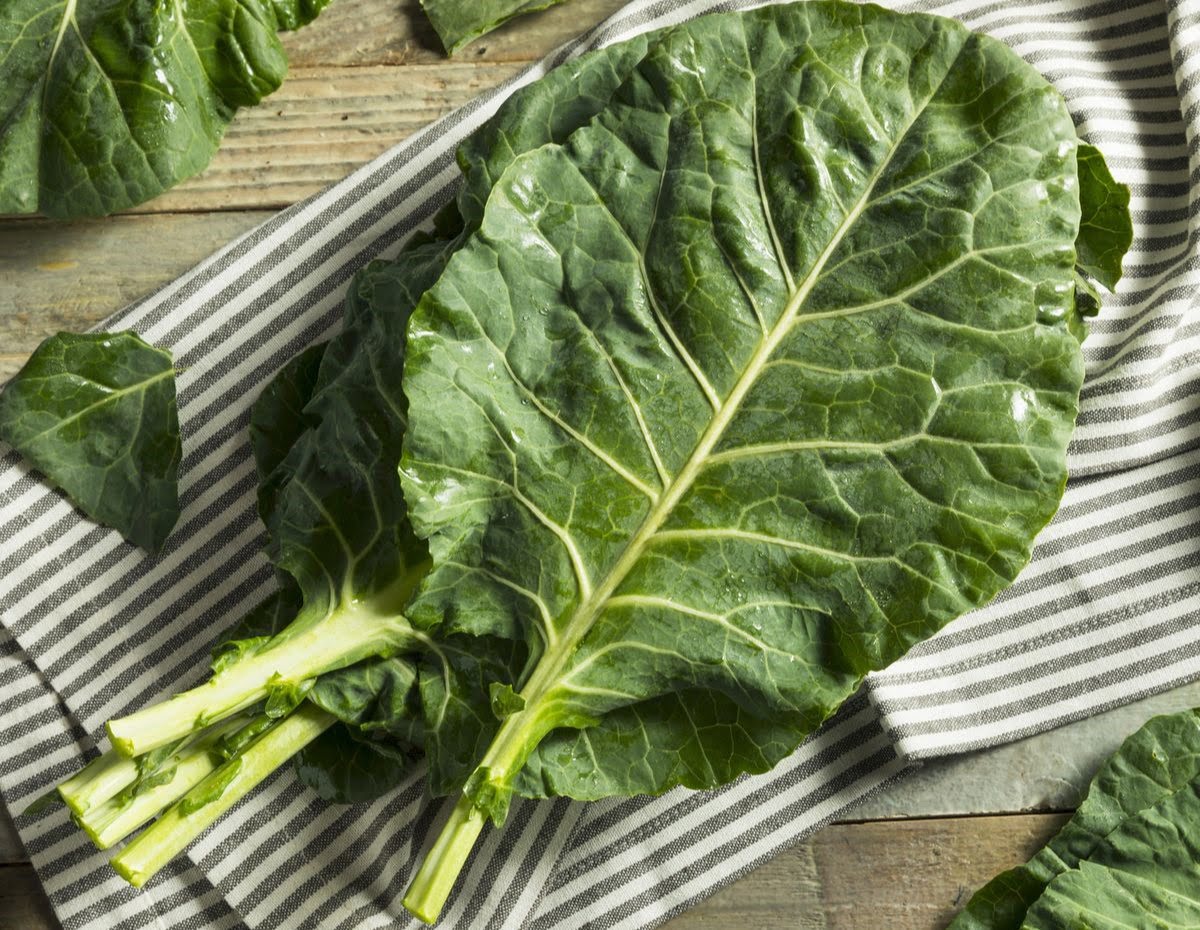
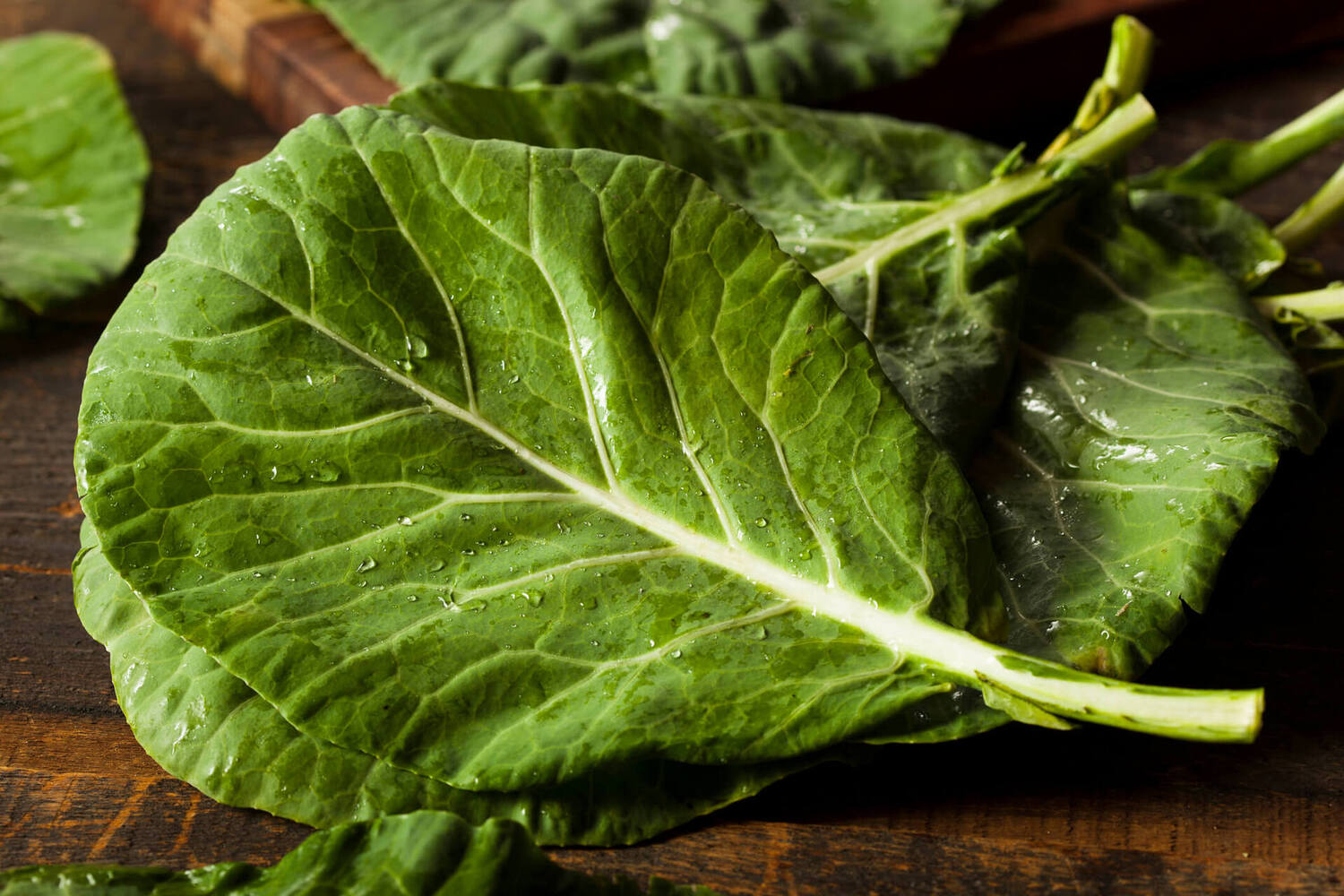
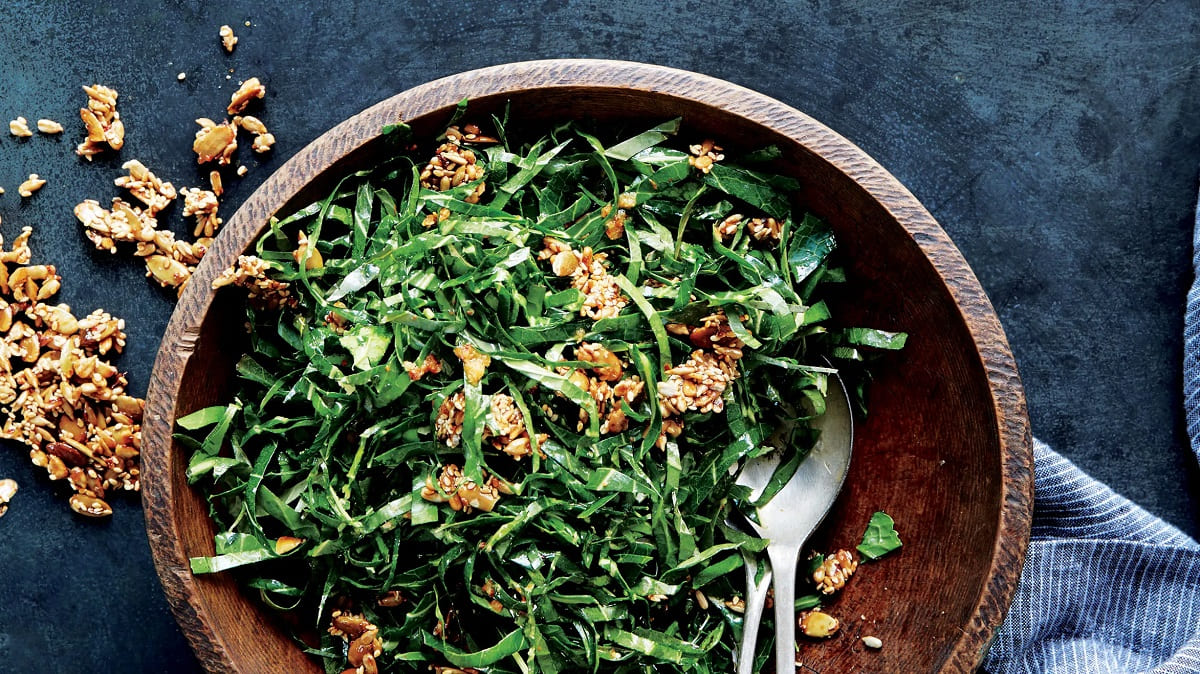
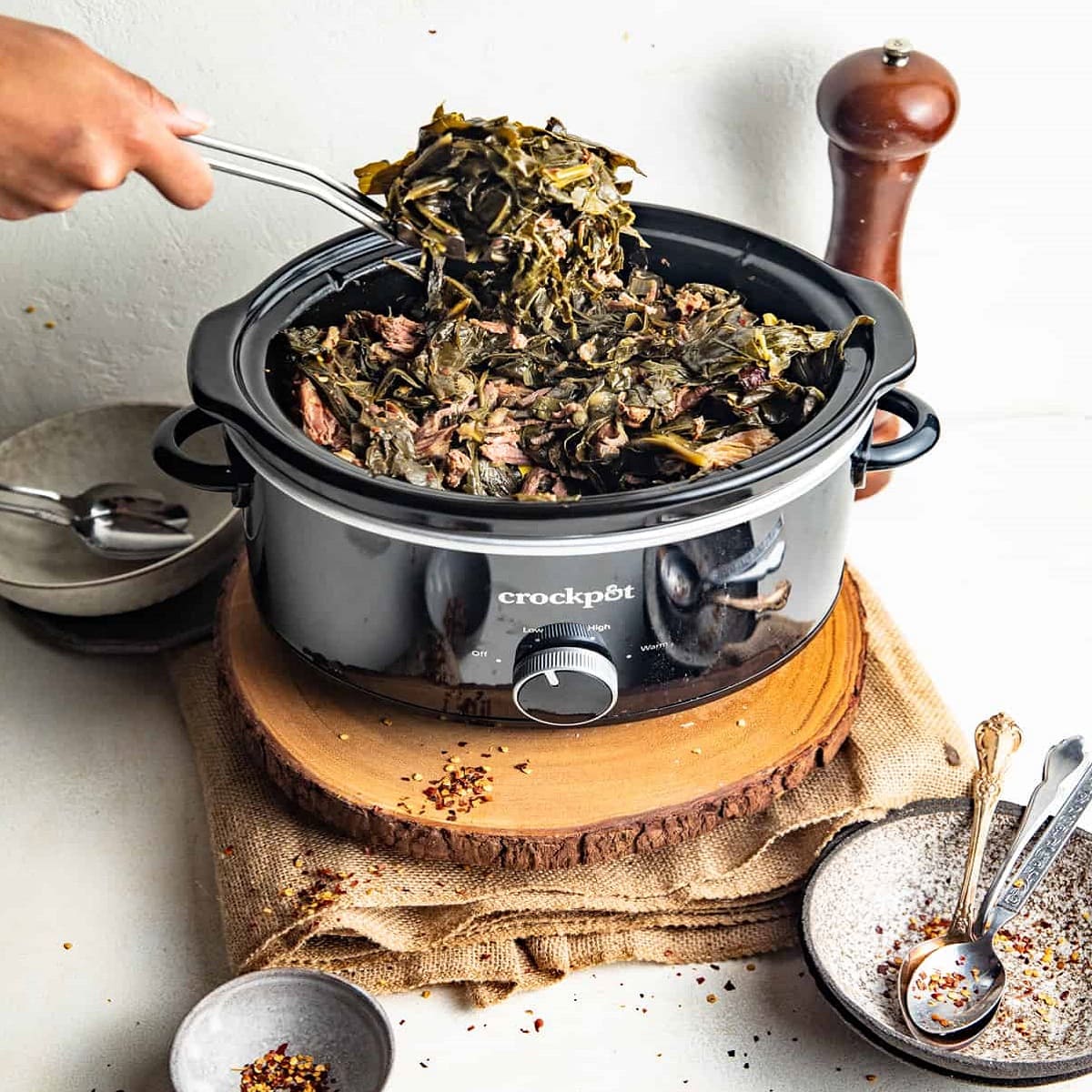
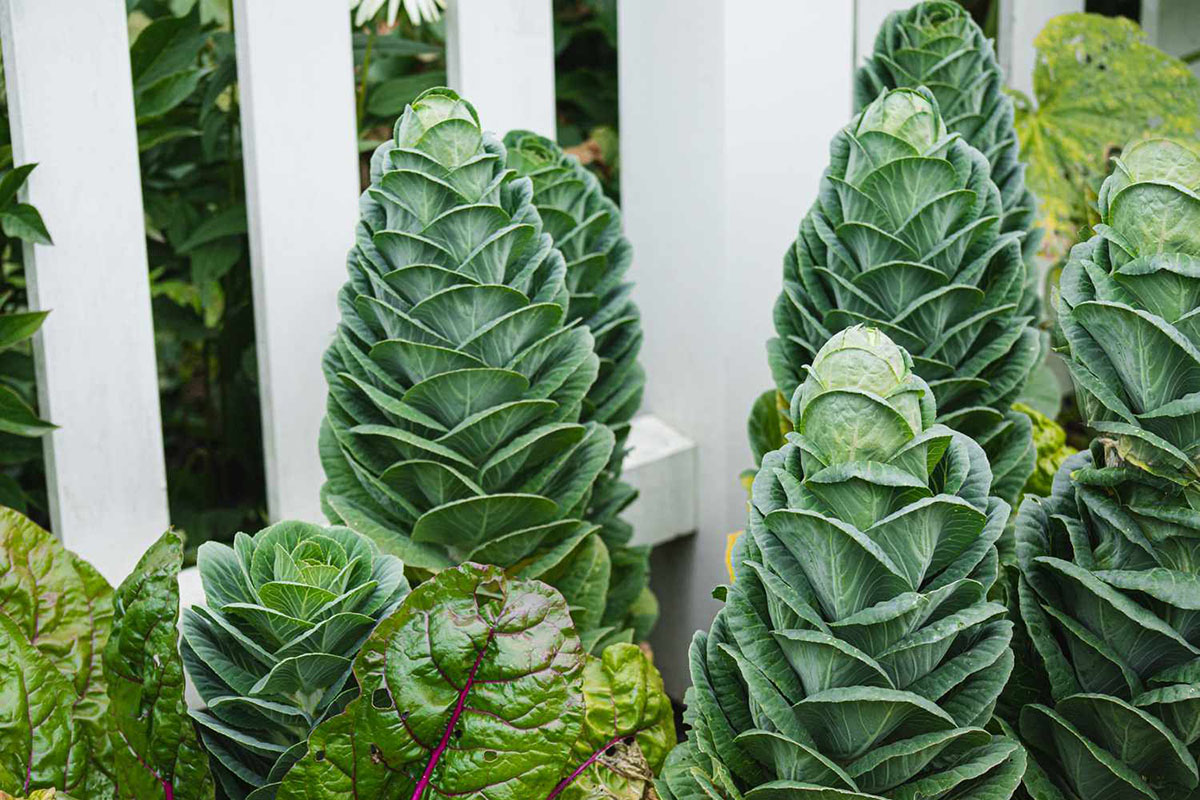
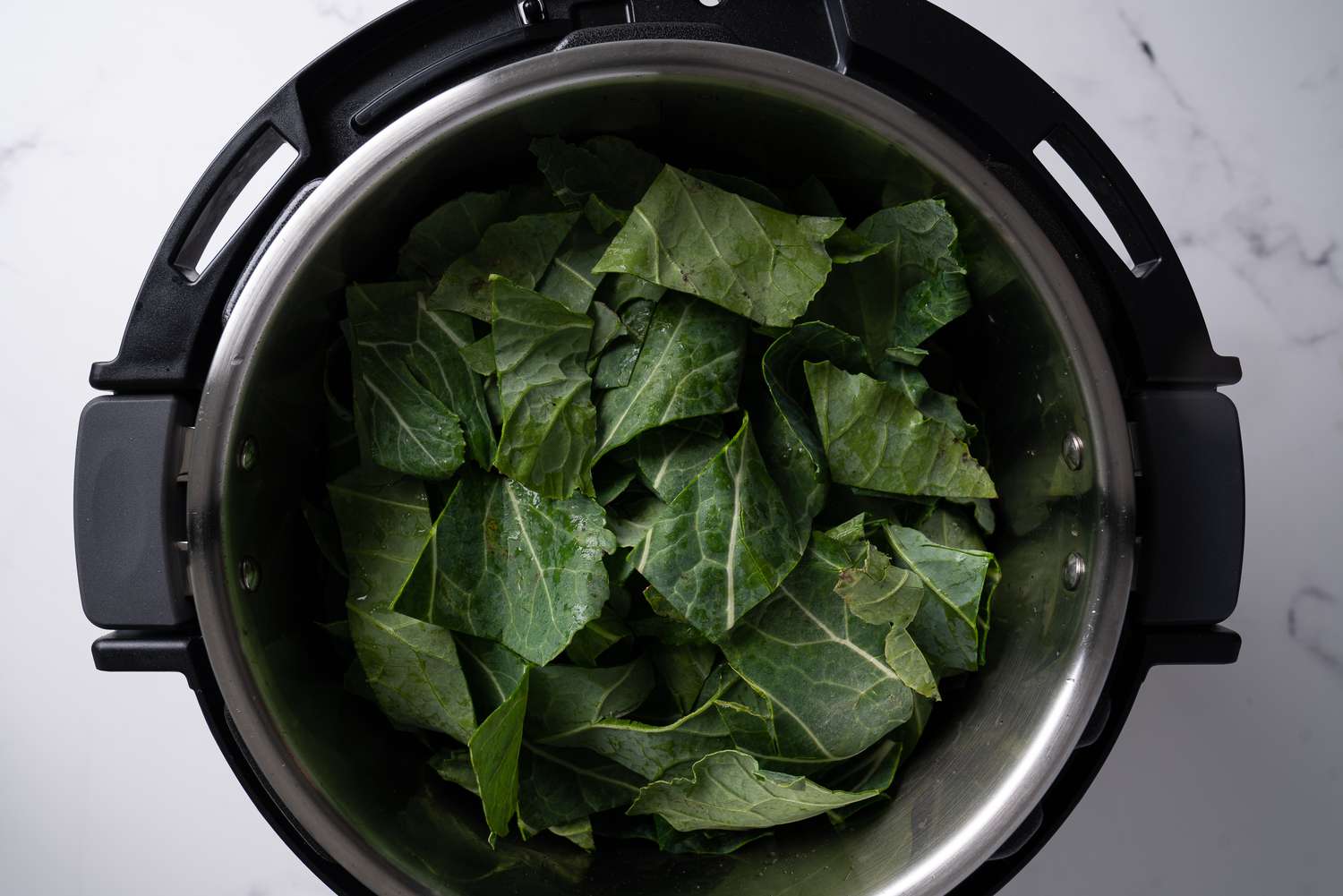
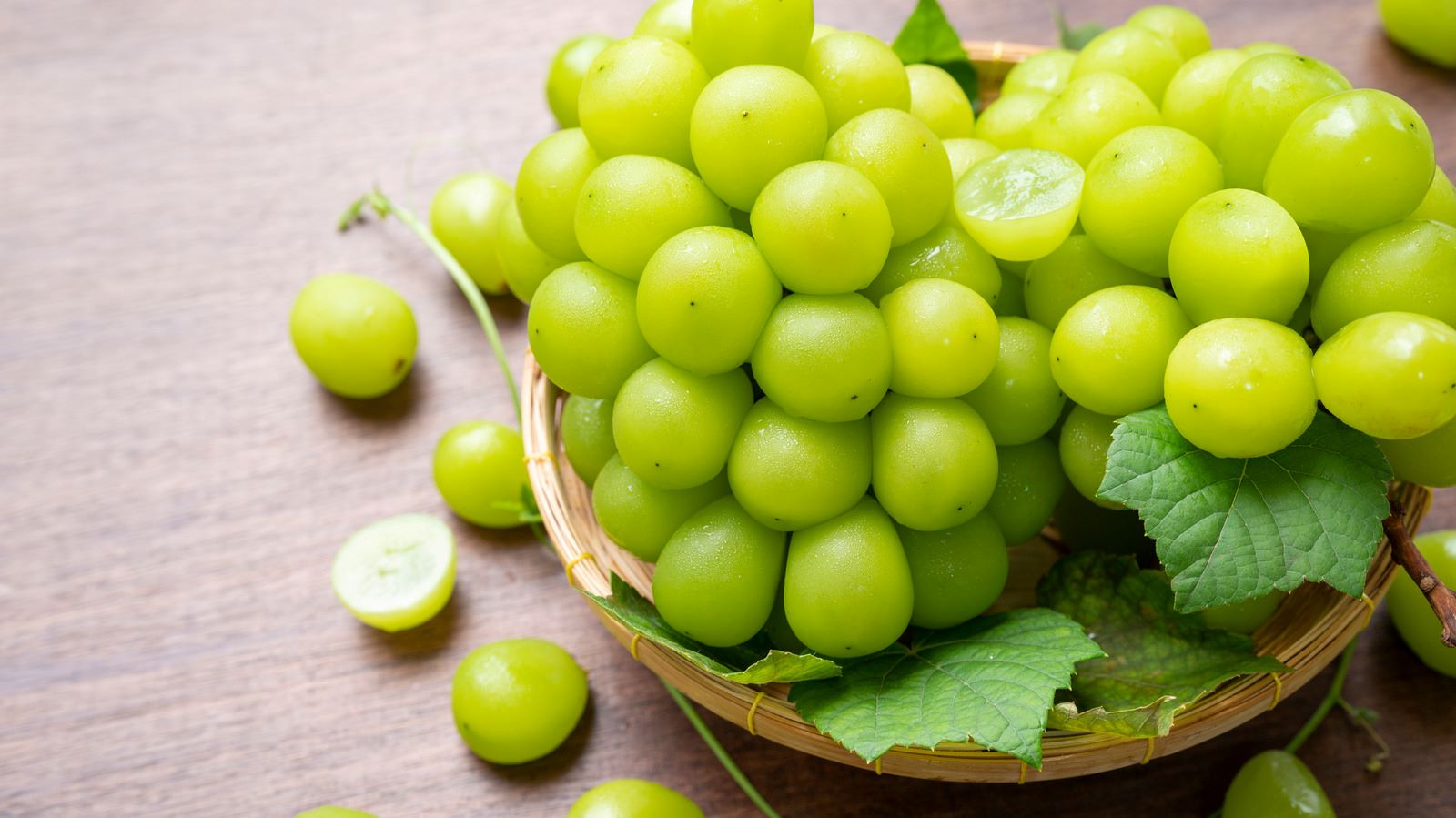
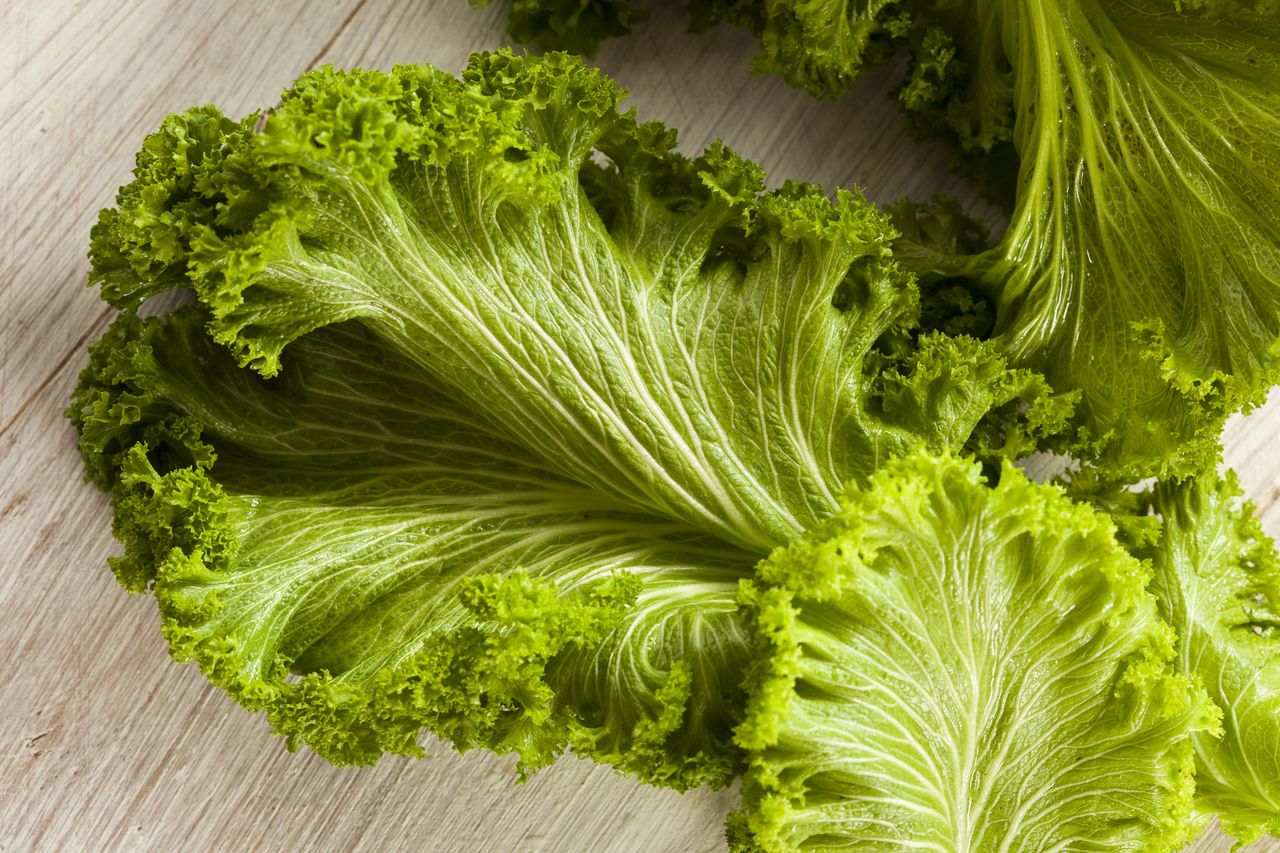
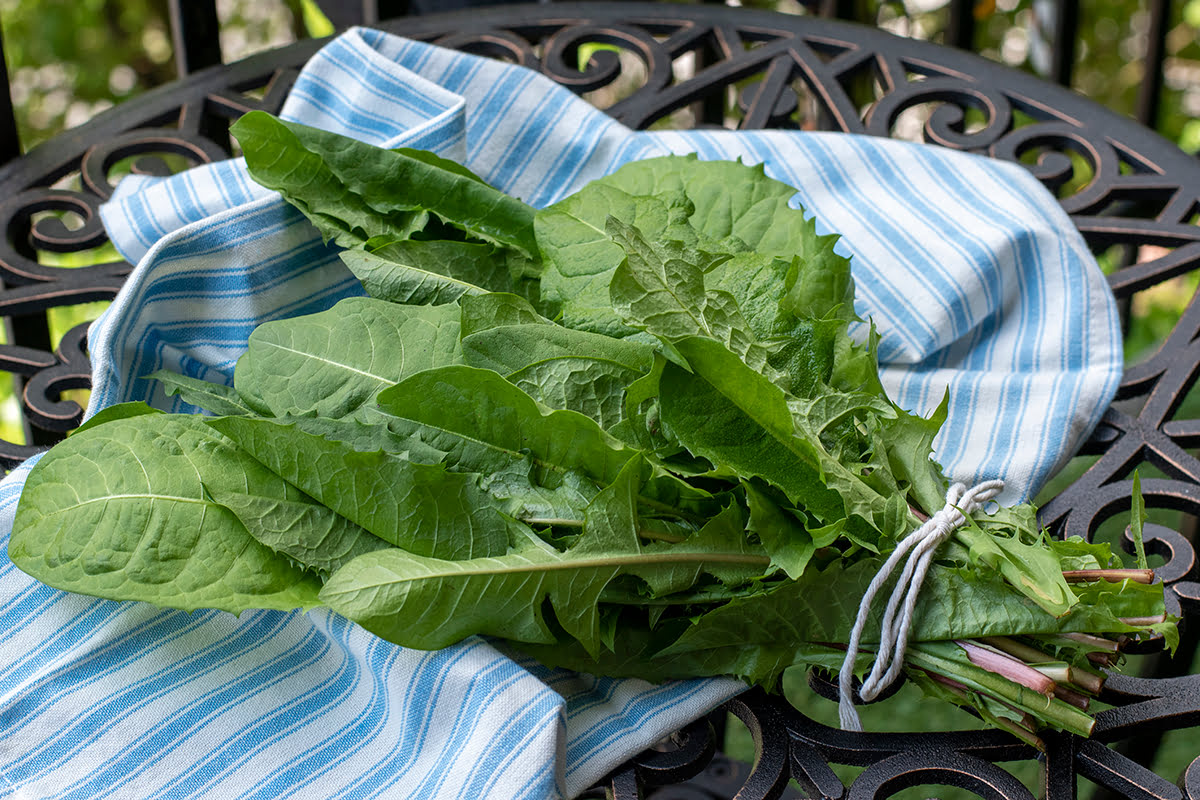
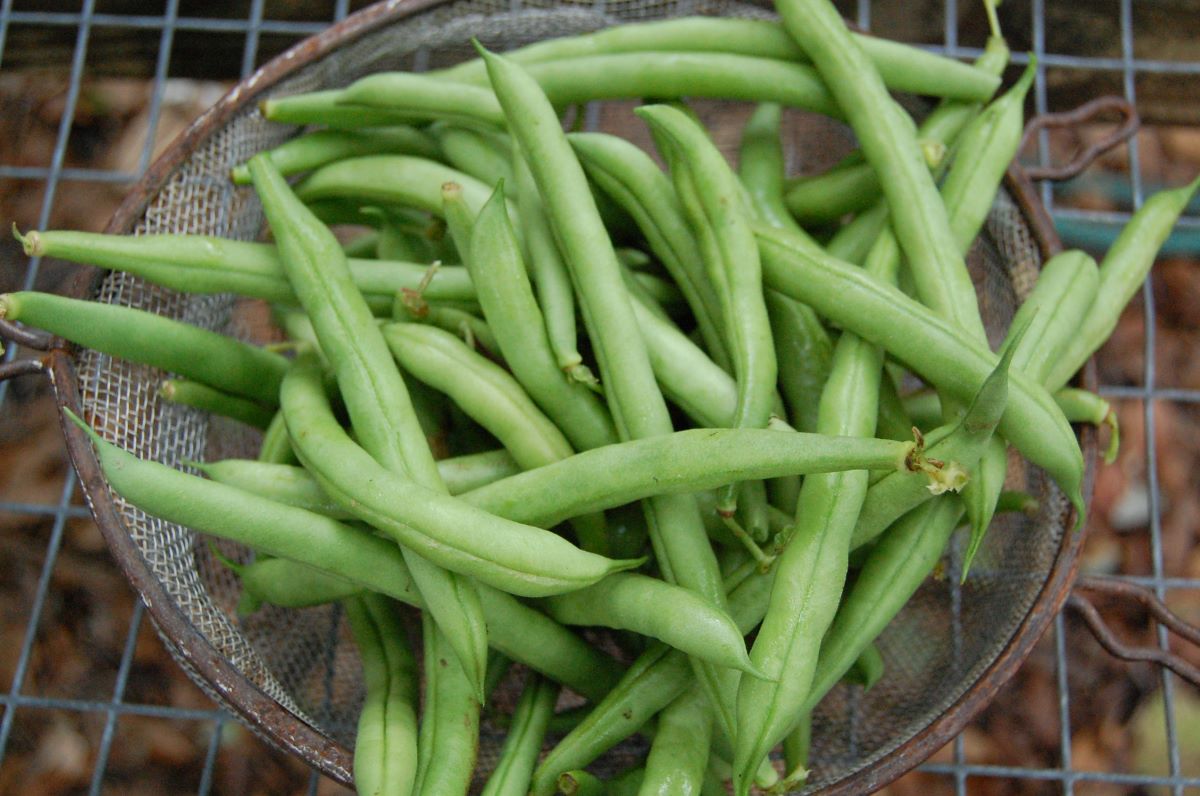

0 thoughts on “How To Store Collard Greens”